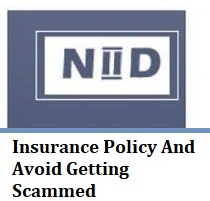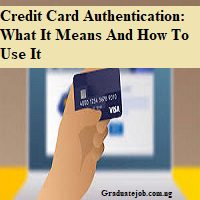Are you interested in low-down-payment mortgages for graduate students? Then keep reading!
Graduating is often the start of new beginnings and may include your first home. There are mortgages for graduates to exist, it’s far from simple to gain approval.
Post-graduation may leave you without adequate funds for a deposit and the task of repaying the student loan. The right approach, get a mortgage as a graduate doesn’t need to be difficult.
However, most lenders understand the position applicants will be in shortly after graduating. Moreover, mortgages for graduates often have particular benefits tailored to help you kick-start your new chapter as a homeowner.
In this guide, we will explain everything you need to know as a graduate searching for a mortgage.
READ MORE: Best Low-Down-Payment Mortgages of June 2023
What Is a Low-Down Payment Mortgage?
Traditionally, mortgages have required a down payment of around 20% of the home purchase price. Moreover, the low-down payment mortgage is the type of mortgage that requires a much lower down payment, sometimes it is as low as 3%
Generally, low down payment mortgages require the borrower to have a good credit score to assure the lender of the borrower’s creditworthiness, so everyone may not be eligible.
For instance, FHA loans require a lower minimum credit score of 580 and loans from private lenders require a credit score of 620 or higher.
READ MORE: How to Buy a House with Little Money Down: Understanding Low Down Payment Mortgages
How Do Low Down Payment Mortgages Work for Graduates Students?
Regularly mortgage, the lender typically expects the high down payment to reduce their risk, as the buyer has a sizable stake in the home and is less likely to default.
However, in the low-down payment mortgage, the down payment is much low and the lender assumes a lot more risk since the buyer only puts a small amount upfront.
To compensate for the extra risk, the buyer has to get private mortgage insurance (PMI) and pay a higher rate of interest on their mortgage.
While the buyer starts with very little equity in the home, they build equity by making monthly payments like a regular mortgage.
Advantages of A Low-Down Payment Mortgage?
Saving up sufficient money for the down payment is difficult and takes several years. For instance, when you are looking to put a down payment of 20% on the worth of $300,000, you would need to save $60,000 upfront.
Low-down payment mortgages eliminate this problem to require the low-down payment, making the process of purchasing a home faster and easier.
For an instant, the same house would require only a 3% down payment or just $9,000. It is more manageable. Any additional savings will be used for other things, like closing costs, home improvements, investing, or creating an emergency fund.
Disadvantages of Low-Down Payment Mortgages?
Firstly, low-down payment mortgages usually have a high-interest rate because the lender takes a higher risk.
Also, depending on the lender, you will likely need to buy Private Mortgage Insurance (PMI).
You will also need to take out the larger mortgage since you are not paying much of the home’s value in the form of a down payment.
All these factors combined result in the monthly payments being significantly higher than those for a traditional mortgage with a 20% down payment.
Moreover, over the life of the loan, you’ll end up paying significantly more in interest.
Also, there are many options for low down payment mortgages, it is certainly easy to find a mortgage with a higher down payment.
You will also start with less home equity to tap into when you get the loan, which means you cannot qualify for the Home Equity loan or a home equity line of credit (HELOC) in an emergency.
What Low Down Payment Mortgages Program Are Available?
If you have a tough time saving for the down payment and 20% down seems out of reach, you’re not alone and there’s good news.
You can qualify for several low-down-payment mortgage programs, depending on the factors like your credit history, household income, and neighborhood.
1. FHA Loan
The FHA offers a low-down payment mortgage that allows you to put in as little as 3.5% down. Moreover, the FICO score must be at least 580 to make a 3.5% down payment. For scores between 500 and 579, you’ll need a 10% down payment. Your debt-to-income ratio should be no more than 50%. However, keep the mind that requirements for FHA loans can vary depending on your lender.
2. USDA Loan
The USDA offers no-down payment directly and guaranteed loans through the Single-Family Housing Programs in certain rural areas. Applicants must show the ability to manage debt and pay bills. No down payment is required, but you can pay an upfront guarantee fee and an annual fee. Also, a credit score of at least 640 to get a USDA-guaranteed mortgage, according to the credit bureau Experian.
3. VA Loan
The VA offers a zero-down-payment mortgage for qualifying veterans and spouses. Borrowers may need to pay for the fund fee, which can be financed or paid in full at closing says Bill Banfield, chief risk officer at Rocket Mortgage.
READ MORE: Mortgage Options For First Time Student Homebuyers
Conclusion
The Low-down payment mortgages and down payment assistance programs can unlock homeownership for people that lack substantial savings but can afford monthly house payments.





